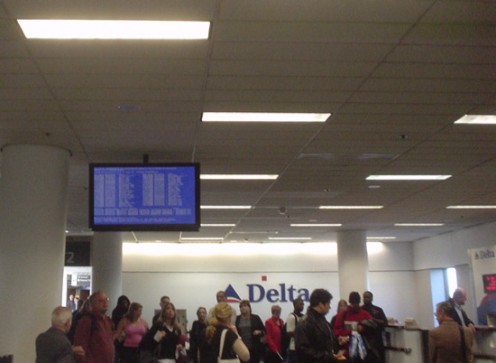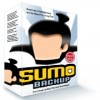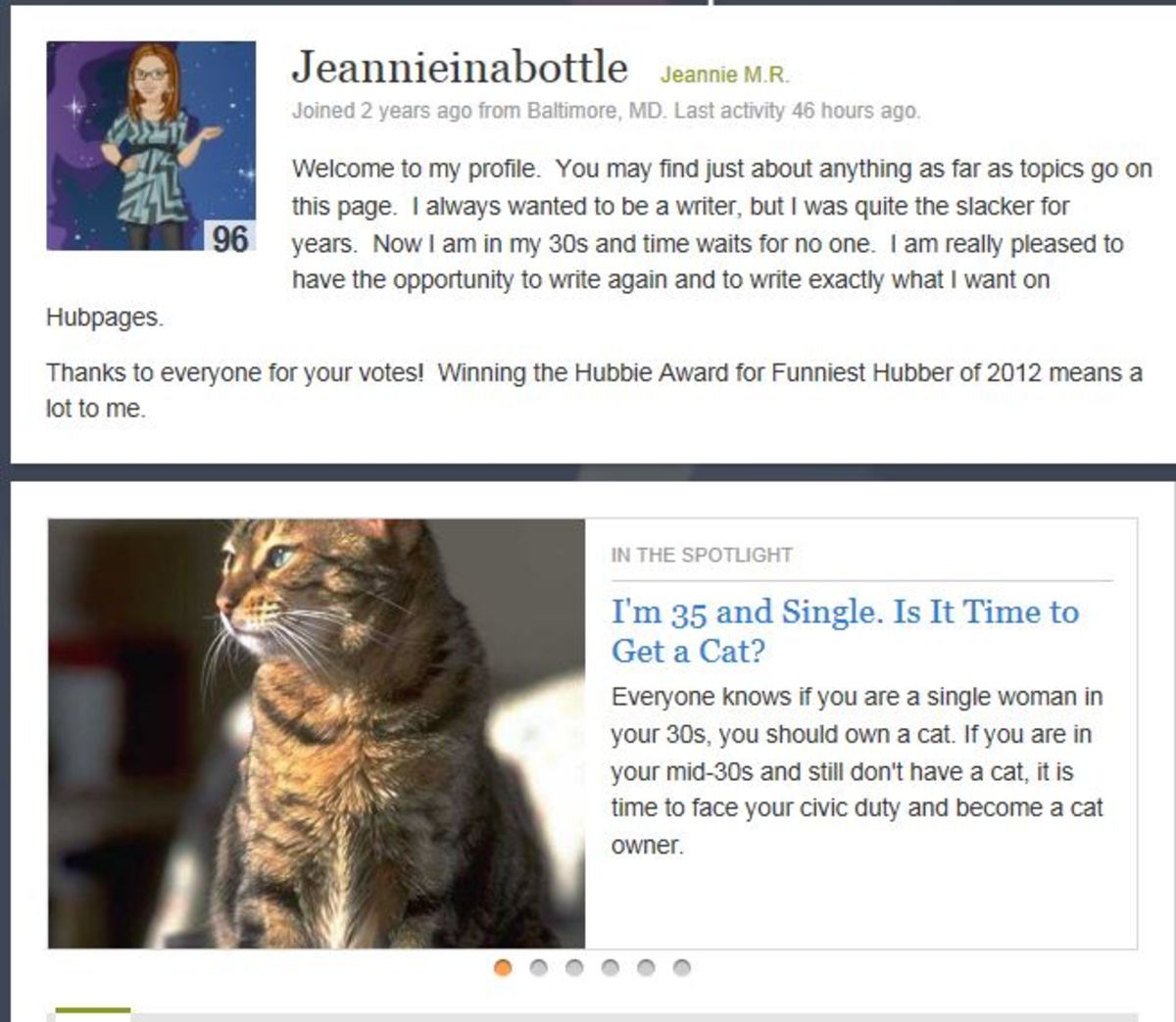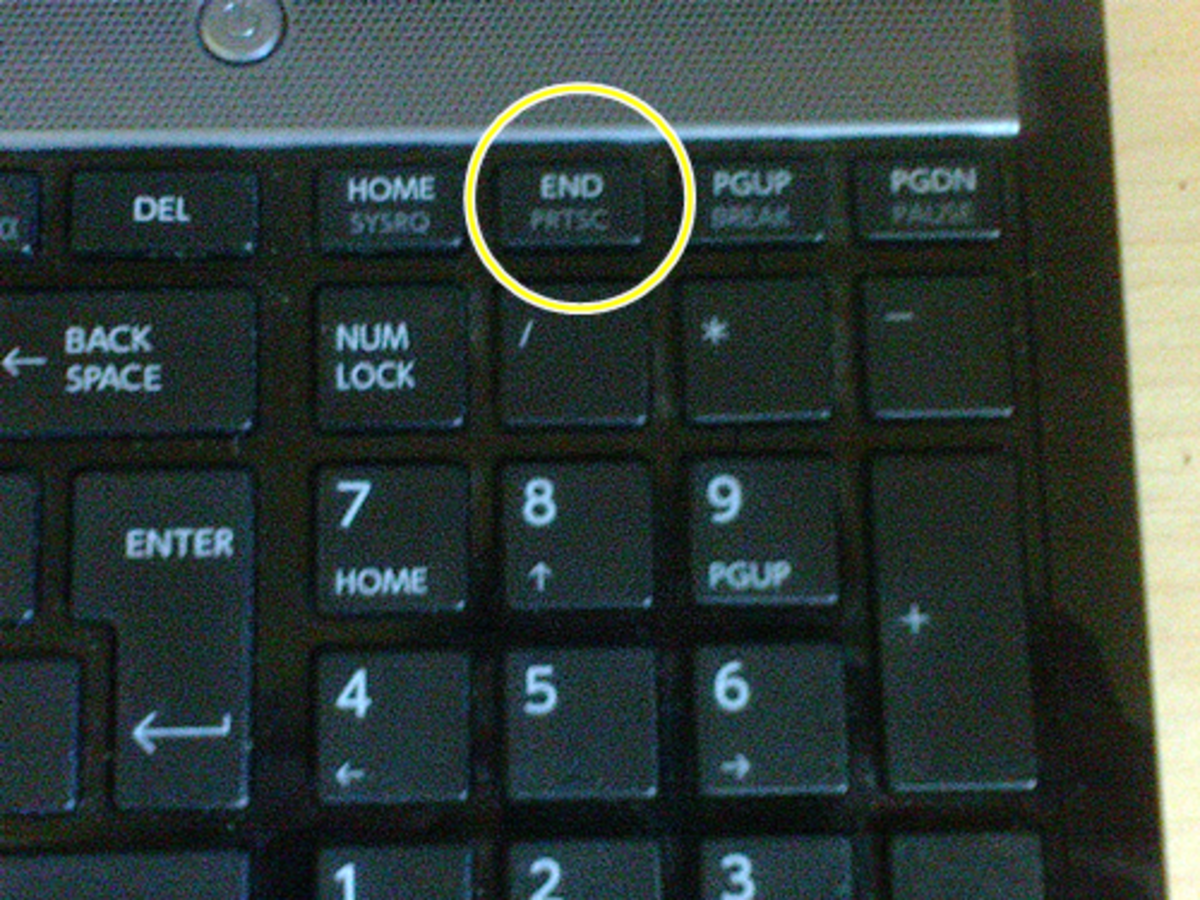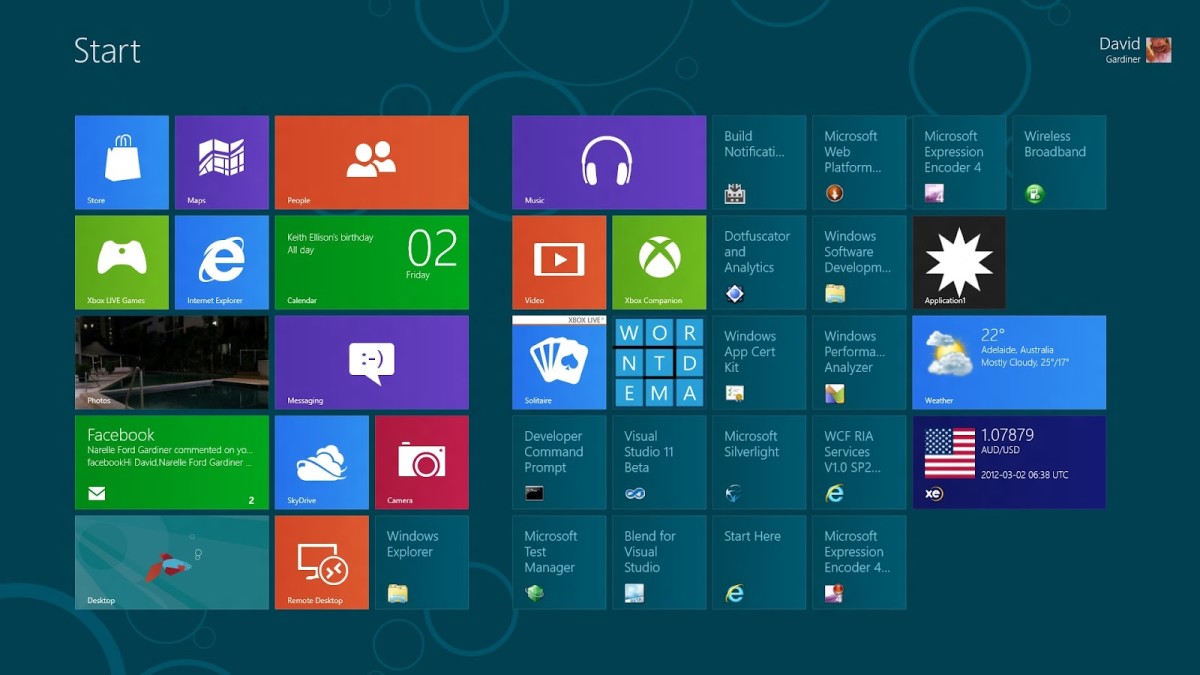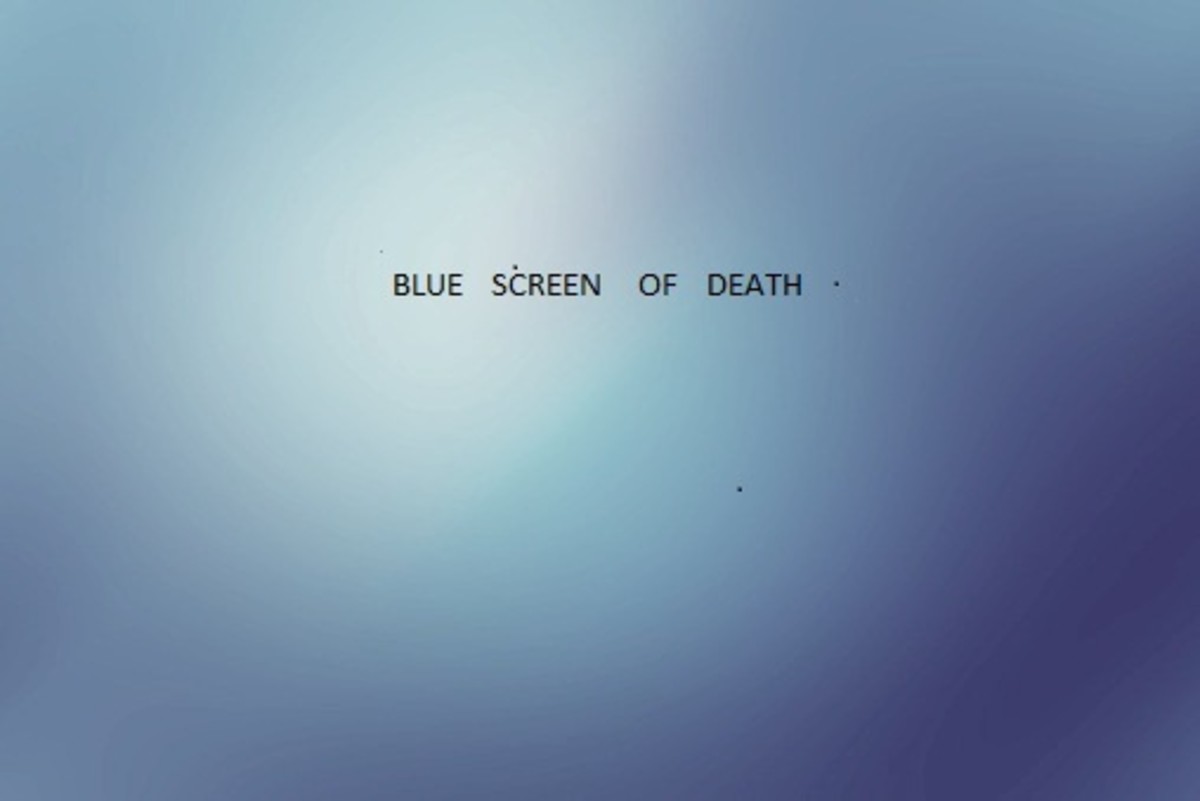Where did the blue screen of death come from?
Origins of the Blue Screen Of Death
It is one of the most dreaded computer problems because of the problems that may be lurking behind it: The Blue Screen of Death. The blue screen of death (BSD) appears when a major problem has occurred and the operating system has crashed. Is it the end? Can the computer be saved?
Sometimes the problem that arose is fixed simply by rebooting, and is never seen again. Then again, your computer may not reboot at all, only resulting in the BSD. If this is the case, then there are some serious problems behind the scenes, and you’ll need to take action. The BSC can happen as a result of various problems ranging from memory compatibility issues, CPU voltage issues, heat or hard drive issues to name a few.
The BSD is Windows general protection fault error sign. It can contain important information on what just happened to create the crash, and help you try to fix it. At the top of the screen, it will contain an error message and a series of numbers which indicate the type of failure.
In researching where the name originated, I actually found differing stories. The first one comes from blogger Wally McClure who noted that the blue screen of death actually used to be a black screen under Windows 3.0. When an error would occur during DOS programming, a black screen would occur with the cursor blinking in the upper left hand corner. It would ultimately need to be rebooted. According to McClure, the origin of the term came from
Coca-Cola in Atlanta, GA in 1991 when the user would try to run WordPerfect and get the dreaded screen.
McClure visited Novell developers in 1994 who asked him about his boss, Ed Brown. As it turned out, Brown was famous at Novell because he coined the term BSD. He would scream about it and no one could figure out what he was talking about.
Another story I came across stated that the term originated during the OS/2 pre-release development at Lattice, Inc., the makers of early Windows and OS/2 compiler. The screen would occur during porting of certain tools and when the NULL pointers were de-referenced in application. When describing the process and feedback to IBM Austin, the developers termed the stop screen as the Blue Screen of Death. This occurred sometime during the late 1980’s.
Regardless of where the term originated, it certainly gets it point across. If and when it does happen to you, be sure to jot down the numbers and words that appear to help easier diagnose the problem. I would save this information if in the event the same message reappears, which will indicate a memory module problem. Often times drivers are the root if the problem. If the problem is beyond your capabilities, consult a computer tech that may be able to easily fix the situation.
Protect Yourself From Computer Crashes
Blue screen of death in its natural environment
